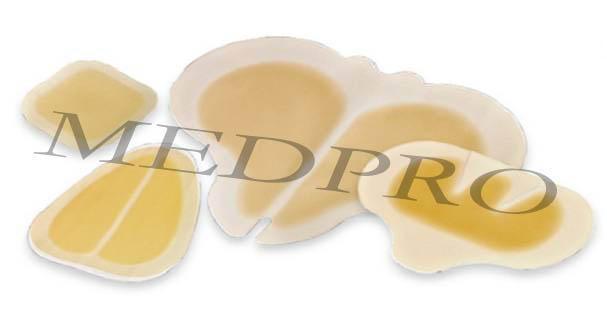

Contact Us | Chinese | English

Contact Us | Chinese | English
INTRODUCTION

Periwound maceration has been associated with slow healing of wounds. Management of maceration is frequently attempted with the use of absorbent foams, alginates, and hydrogels. However, these dressings either lose integrity when saturated (alginates and hydrogels), allow exudate to be regressed back into the wound when compressed, or are unable to absorb well under compression. The latter has been observed with absorbent foam in particular. Super absorbent material containing dressings have been described as products that can: (a) absorb under pressure, and (b) resist “squeezing out” when used as a secondary dressing with typical pressure under a compression wrap (40 mm Hg). Our new wound center provides care for many patients that suffer from malodorous, highly exudative, macerated wounds which are managed with compression dressings as the standard of care. We tested a superabsorbent dressing to assess the impact on maceration and wound odor levels.
METHODS